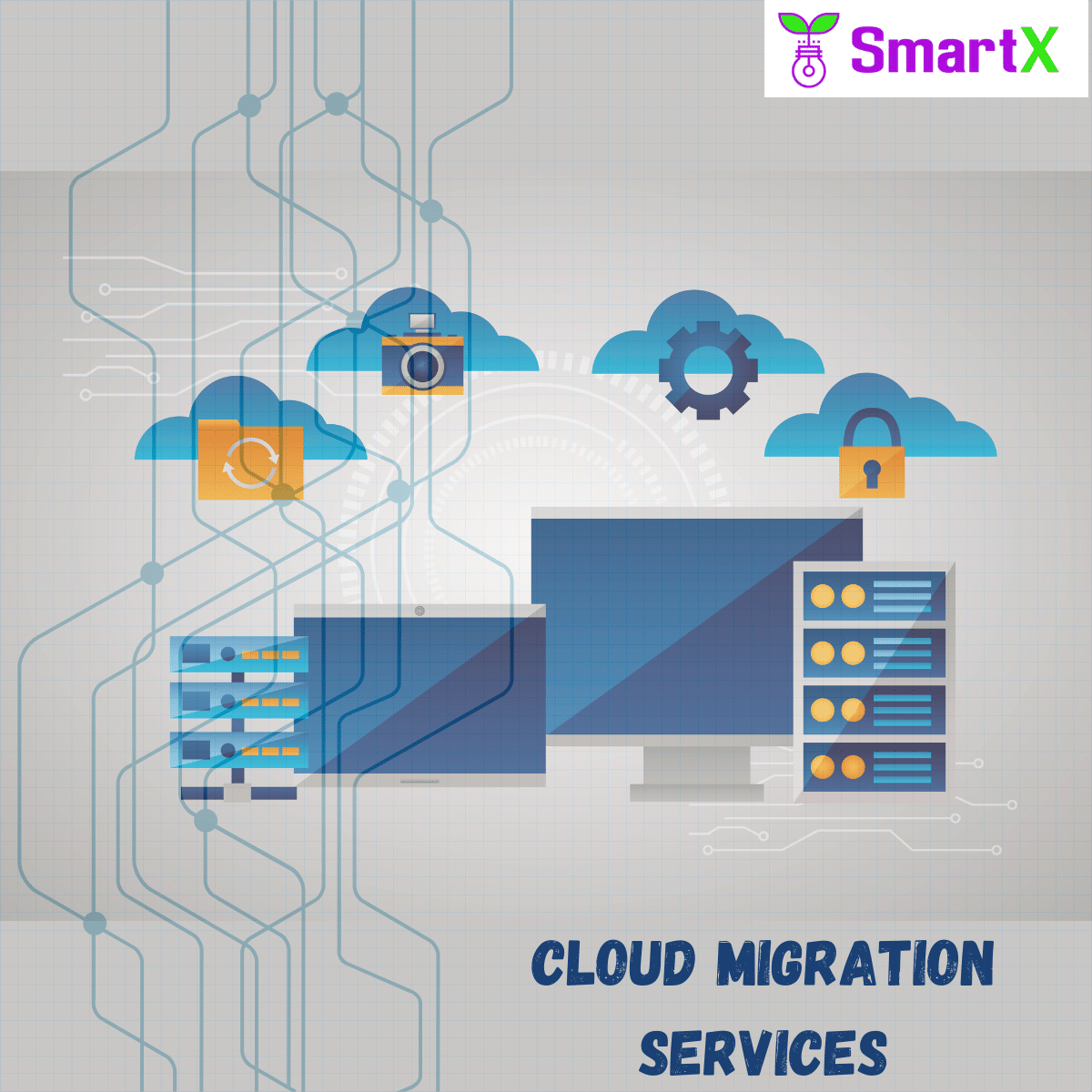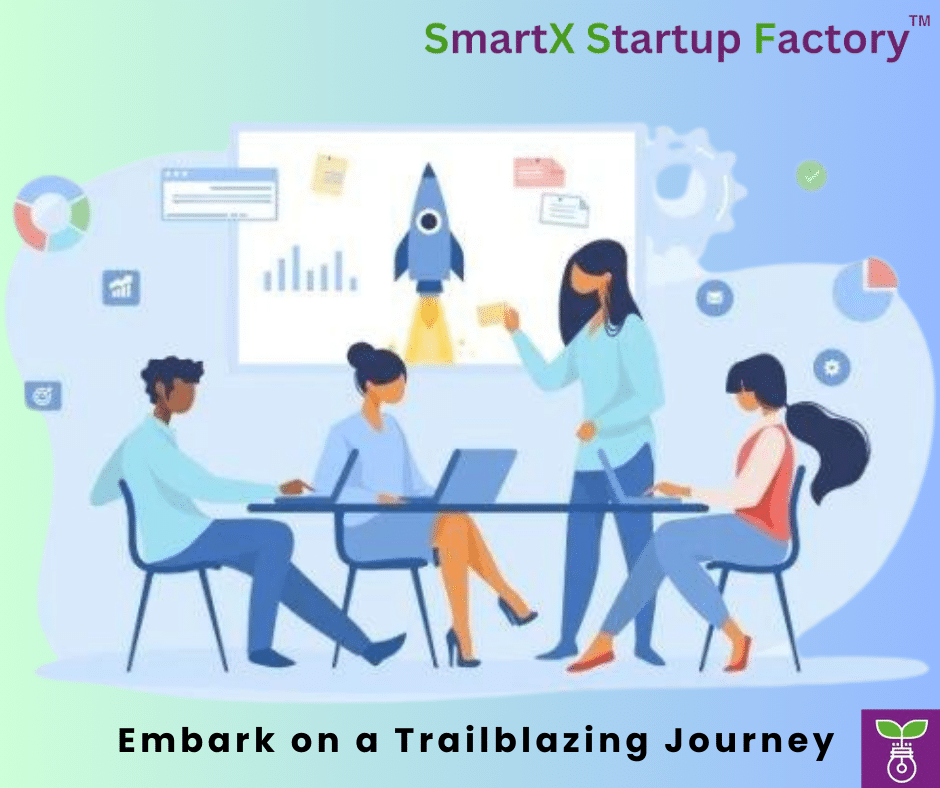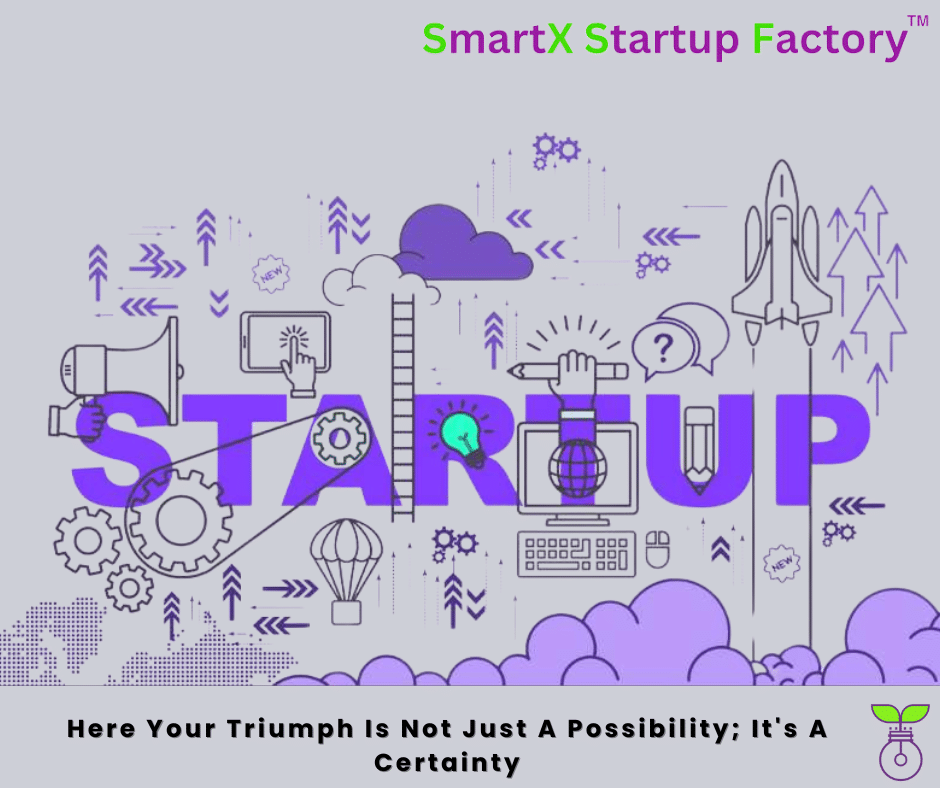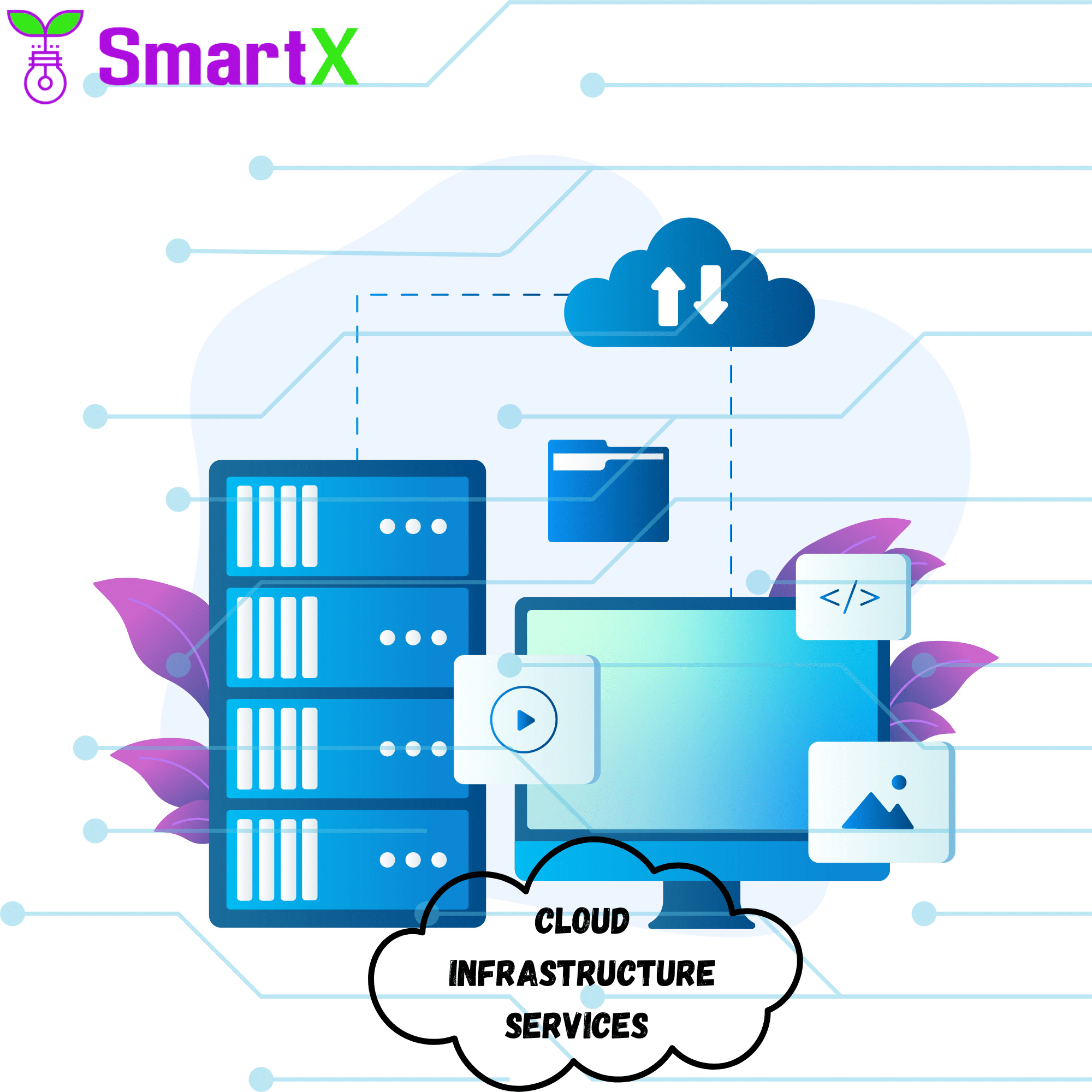The Role of Migration Services in Ensuring Seamless and great Data Transfers - 2023

As businesses grow their global reach and expand their operations, the need for seamless data transfers across borders becomes increasingly pressing. Ensuring a smooth transition of data while safeguarding its privacy and security is no easy feat. That’s where migration services come in – streamlining the transfer process to boost productivity, enhance compliance, and mitigate risks. In this blog post, we explore how effective migration services play an indispensable role in bridging borders between companies worldwide.
Introduction to Migration Services
Migration services play a vital role in ensuring seamless data transfers between organizations. They help to ensure that data is transferred securely and efficiently, with minimal disruption to business operations.
Migration services can help organizations to move data between different systems, or from one system to another. They can also assist with the transfer of data from one location to another. Often, migration services are used to move data from on-premises systems to the cloud.
Migration services can help organizations to save time and money by reducing the need for manual data entry and eliminating the need for expensive hardware and software upgrades. In addition, migration services can improve organizational efficiency by simplifying data management.
Benefits of Migration Services
Migration services play a vital role in ensuring seamless data transfers for businesses of all sizes. By outsourcing the migration process to a third-party provider, businesses can avoid the potential headaches and disruptions that can come with trying to move data internally.
There are many benefits to using migration services, including:
- Reduced risk – When you outsource the migration process to a third-party provider, you transfer the risks associated with data loss or corruption to them. This can give you peace of mind knowing that your data is in good hands and that you won’t have to deal with any issues if something does go wrong.
- Cost savings – Migration services can often be more cost effective than attempting to move data internally. This is because providers have the tools and expertise needed to get the job done quickly and efficiently.
- Improved efficiency – By outsourcing the migration process, you free up your internal team to focus on other tasks. This can help improve your overall efficiency and productivity levels.
- peace of mind – When you use migration services, you can be confident that your data will be transferred safely and securely. This peace of mind can be invaluable, especially for businesses that rely heavily on their data for day-to-day operations.
Types of Migration Services
Data migration is the process of transferring data from one location to another. This can be done manually or using automated tools. There are different types of data migration services that cater to different needs. Some of the most common types of data migration services are:
- Database Migration Services: These services help in migrating databases from one platform to another. This is usually required when organizations switch to new database systems or merge with other organizations.
- Application Migration Services: These services help in migrating applications from one environment to another. This is often required when organizations upgrade their systems or move to new locations.
- Storage Migration Services: These services help in migrating data storage systems from one platform to another. This is often required when organizations change their storage solutions or need to consolidate their data storage systems.
- Data Conversion Services: These services help in converting data from one format to another. This is often required when organizations change their data formats or migrate to new systems that use different data formats.
Challenges Associated with Data Migration
There are a number of potential challenges that can be associated with data migration. These challenges can include:
-Data loss: This can occur if data is not correctly transferred from one system to another, or if it is corrupted during the migration process.
-Data duplication: This can happen if data is copied multiple times during the migration process. This can lead to inconsistency and errors in the data.
-Incomplete data: If data is not migrated completely, this can lead to gaps in information and knowledge. This can make it difficult to understand the data and make decisions based on it.
-Inaccurate data: Data that is not migrated accurately can lead to wrong decisions being made. This can have serious consequences for businesses and individuals.
How to Choose the Right Service Provider?
There are a few key factors to consider when choosing a migration service provider. First, you’ll want to consider the company’s track record and experience. Make sure they have a good reputation and plenty of happy customers.
Next, you’ll want to take a look at the company’s migration methodology. Do they have a proven process that will ensure your data is transferred safely and securely? Are they able to handle large migrations?
Finally, the cost is always an important consideration. Make sure you get quotes from several different providers before making your final decision.
What are the Different Models of Migration Services?
There are many different models of migration services, each designed to meet the specific needs of businesses and organizations. The most common models are:
– On-premises to cloud: This type of migration service helps businesses move their data and applications from on-premises servers to the cloud.
– Cloud to cloud: This type of migration service helps businesses move their data and applications from one cloud platform to another.
– Datacenter to the cloud: This type of migration service helps businesses move their data and applications from on-premises data centers to the cloud.
Each of these models has its own set of benefits and challenges, so it’s important to choose the right one for your business. If you’re not sure which model is right for you, a migration services provider can help you assess your needs and make a recommendation.
Steps Involved in Migrating Applications and Data with a Service Provider
There are a number of steps involved in migrating applications and data with a service provider. The first step is to identify which applications and data need to be migrated. This can be done by conducting a business impact analysis to determine which applications and data are critical to the business. Once the applications and data have been identified, they need to be inventoried so that the migration plan can be created.
The next step is to create the migration plan. This plan should include a schedule of when each application and data set will be migrated, as well as who will be responsible for each part of the process. The migration plan should also include a testing schedule to ensure that everything is working properly after the migration.
Once the migration plan is in place, the actual process of migrating the applications and data can begin. This usually involves exporting the data from the old system and importing it into the new system. In some cases, special tools or processes may need to be used in order to preserve data integrity during the transfer. Finally, once all of the data has been transferred successfully, it will need to be verified before going live on the new system.
Conclusion
In conclusion, migration services play an indispensable role in ensuring seamless data transfers between companies, departments, and systems. Having a specialized tool to manage the complexity of migrating from one solution to another significantly reduces costs, speeds up processes, and ensures that data integrity is maintained at all times. Migration services provide peace of mind for organizations by guaranteeing that the transition between different systems is as smooth as possible without any disruption or loss of valuable information.
Thank you for considering the role of migration services in data transfers. To understand how professional IT migration services can contribute to business growth, read our post: Seamless Migration: How Professional IT Migration Services Can Help Your Business Soar – 2023















